Dealing with skunks can be a nightmare, especially if they decide your yard is their new favorite hangout. This comprehensive guide provides proven strategies and effective solutions to reclaim your outdoor space and send those pesky stinkers packing. From identifying skunk activity to neutralizing that infamous spray, we’ve got you covered.
[https://www.lolaapp.com/] Spotting the Signs: Skunk Sleuthing 101
Before declaring war on skunks, it’s wise to confirm they’re the real culprits. Look for these telltale signs:
- The unmistakable odor: The most obvious clue. If you’ve encountered it, you know it.
- Digging: Small, cone-shaped holes in your lawn, likely in search of grubs.
- Trash trouble: Overturned trash cans or scattered garbage.
- Pet food pilfering: Missing pet food, especially if left outdoors overnight.
- Tracks: Distinctive five-toed prints, often with visible claw marks.
Once you’ve identified skunk activity, it’s time to implement a winning strategy.
[https://www.lolaapp.com/] Repellent Roundup: Choosing Your Weapon
There’s an arsenal of skunk repellents, each with its pros and cons. Choosing wisely depends on your situation and preferences.
Scent-Based Repellents: A War of Noses
Skunks have an incredibly powerful sense of smell, a vulnerability we can exploit.
- Natural Remedies: These solutions are generally environmentally friendly and pet-safe.
| Repellent | Pros | Cons |
|---|---|---|
| Citrus Peels | Readily available, pleasant scent. | May require frequent reapplication, effectiveness varies. |
| Coffee Grounds | Easy to use, inexpensive. | Can be messy, might not deter all skunks. |
| Peppermint Oil | Strong scent, natural deterrent. | Can be expensive, might irritate some pets. |
| Vinegar | Cheap, strong odor. | Smell can be overpowering for humans, too. |
- Commercial Repellents: These often pack a stronger punch but may contain chemicals. Always follow product instructions carefully.
| Repellent | Pros | Cons |
|---|---|---|
| Predator Urine (e.g., fox, coyote) | Mimics natural predator scent, potentially effective. | Can attract other unwanted animals, effectiveness can vary. |
| Capsaicin-based | Potent irritant, long-lasting effects. | May harm pets if ingested, could stain surfaces. |
| Putrescent Egg Solids | Strong repulsive odor. | Extremely unpleasant for humans, not suitable for close proximity. |
Light & Motion: The Element of Surprise
Skunks prefer the cover of darkness, making light and motion effective deterrents.
- Motion-Activated Lights: Sudden bursts of light disrupt nocturnal activities, making your property less attractive.
- Motion-Activated Sprinklers: A harmless scare tactic. The sudden spray startles skunks, encouraging them to retreat. Products like the Hoont Cobra Yard and Garden Motion Sensor Sprinkler are readily available, though researching similar options may reveal better alternatives for your specific needs. Be mindful of water usage, particularly during droughts.
- Ultrasonic Devices: Emit high-frequency sounds skunks might find unpleasant. However, evidence supporting their effectiveness is limited, and some studies suggest skunks might habituate to the sound.
[https://www.lolaapp.com/] Applying Repellents: Strategy & Placement
Effective repellent application requires strategic placement. Think like a skunk: where are they most likely to enter your property, forage for food, or build a den?
- Identify Entry Points: Look for gaps under fences, holes, or digging spots.
- Clean the Area: Remove existing skunk droppings or attractants to eliminate scent markers.
- Apply Repellent: Follow product instructions, paying attention to application rates.
- Reapply Regularly: Maintain effectiveness, especially after rain.
- Combine Methods: A multi-sensory approach yields the best results.
[https://www.lolaapp.com/] Prevention: A Proactive Approach
Preventing skunk intrusions is the best defense. Here’s how:
- Secure Garbage: Tight-fitting, locking lids are essential.
- Eliminate Food Sources: Remove pet food, fallen fruit, open compost, and birdseed at night.
- Seal Off Den Sites: Close access under decks, sheds, and porches.
- Grub Control: A healthy lawn is less tempting for grub-hunting skunks. Beneficial nematodes offer a natural approach to grub control.
[https://www.lolaapp.com/] Dealing with Skunk Spray: Damage Control
Accidents happen. Here’s what to do if you or your pet gets sprayed:
- Ditch the Tomato Juice Myth: It only masks the odor, not neutralizes it.
- The Hydrogen Peroxide Solution: 1 quart 3% hydrogen peroxide, ¼ cup baking soda, and 1 teaspoon liquid dish soap creates a chemical reaction that neutralizes those thiols. Test on an inconspicuous area first, as hydrogen peroxide can bleach fabrics. Never store this mixture in a sealed container.
- Commercial Skunk Odor Removers: Look for products containing enzymes that break down odor-causing compounds. Nature’s Miracle and Skunk Off are commonly recommended. Explore other products to see what works best for you.
- Activated Charcoal: While popular for odor absorption, its effectiveness on skunk spray may vary. Conduct some research before using.
By combining effective repellents, preventative measures, and smart application strategies, you can successfully manage skunk intrusions and keep your yard stink-free. If you’re dealing with a persistent problem, consider consulting a wildlife removal professional for expert assistance. They can offer tailored solutions, potentially including humane trapping and relocation, to address your specific situation. Don’t forget, skunks, while nuisances in our backyards, play an essential role in the ecosystem by controlling insect populations. Striving for peaceful coexistence benefits everyone. Remember to always prioritize safety and handle any skunk situation with caution. Delve into the fascinating world of squirrel life expectancy and uncover the secrets to their survival in diverse habitats. Explore the rich symbolism and cultural significance of blackbirds throughout history and across different societies.
- Unlocking Potential: Origins High School’s NYC Story - April 20, 2025
- Period Quiz: Predict Your First Period - April 20, 2025
- Unlock English Vocabulary: The Comprehensive Con Prefix Guide - April 20, 2025
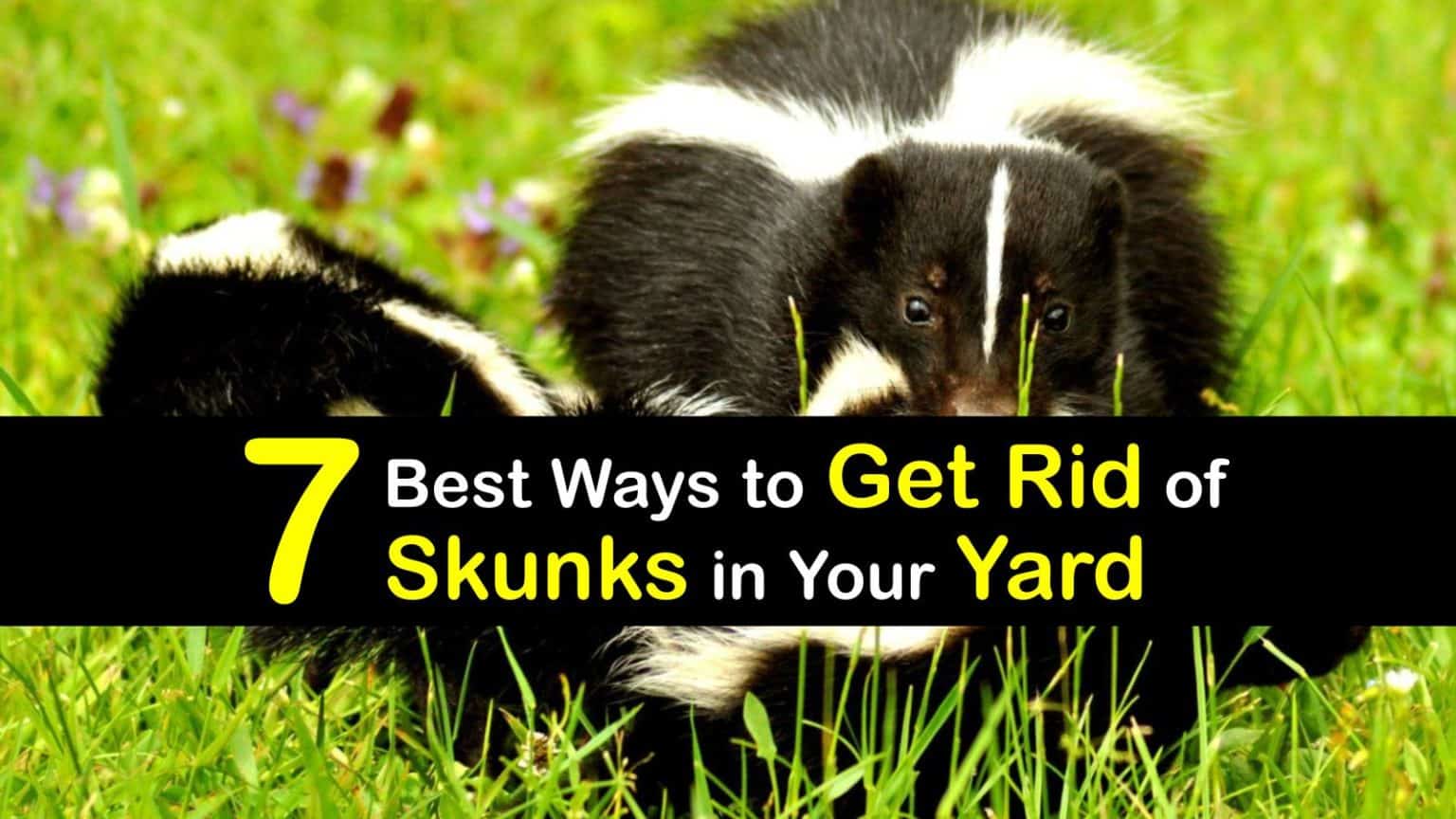
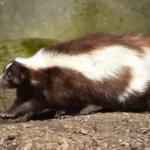
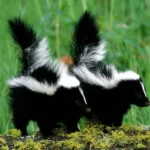


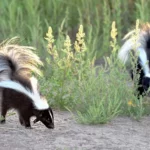
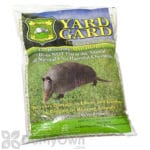









1 thought on “The Ultimate Guide to Skunk Repellent: Effective Strategies & Proven Solutions”
Comments are closed.